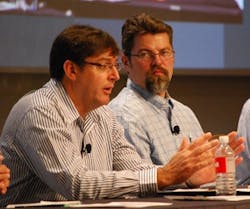Ever since the first commercial computers and networks crept onto the automation scene some 20 years ago, automation and information technology folks have struggled with a fundamental question: Who should be responsible for these assets? Turns out, that's an increasingly irrelevant question, reported a panel of industry professionals at this week's Honeywell Users Group Americas 2013 conference in Phoenix, Ariz.
The panelists on hand represented a broad range of process industry verticals, and approached the convergence of information technology (IT) and operational technology (OT) from both directions. Included were Peter Stamp, manager of manufacturing and process systems, Alcoa; Scott Rosenberger, manager of operational technology, Luminant; Chris Tunstall, critical infrastructure manager, Marathon; Rob Cox, operational technology architect, Georgia-Pacific; and Mike Baldi, lead system test engineer, Honeywell Process Solutions. Greg Hale, editor and founder of Industrial Safety & Security Source facilitated a lively, interactive discussion among the panelists and audience members.
"But once you understand the different priorities of confidentiality [for IT] and availability [for OT], managing the IT systems themselves is relatively easy," said Georgia-Pacific's Cox. "The IT world has been evolving dramatically in its understanding of the role of OT."
The need for increased awareness includes management, added Marathon's Chris Tunstall, "which often doesn't understand either domain in detail." But when leadership gets it, and can articulate the goals of the organization in terms that both IT and automation professionals can understand and contribute to, the combination can be powerful. "Leadership awareness is critical," Rosenberger stressed. "I need to understand 'Where are you taking me?' before I jump off a cliff and follow you."
The development of written standards that take into account the different ways in which computing technology must be applied to production environments also can help facilitate effective implementation and management, according to Tunstall. "We have standard methodologies for dealing with particular technologies."
Panelists also agreed that a clear understanding of each individual's roles and responsibilities toward achieving the organization's goals is far more important than organizational structure. "When you have alignment, it's far less important who individuals report to," said Alcoa's Peter Stamp.
In the end, the panelists recommended getting everyone in the same room to work out what processes need to be supported, what skills are required, and who is best suited to perform them. Appreciate the skills and perspectives of both, recognize the differences and collaborate, Stamp concluded. "After all, you have a business to run, and technology alone will not deliver business value."
About the Author
Keith Larson
Keith Larson

Leaders relevant to this article:



